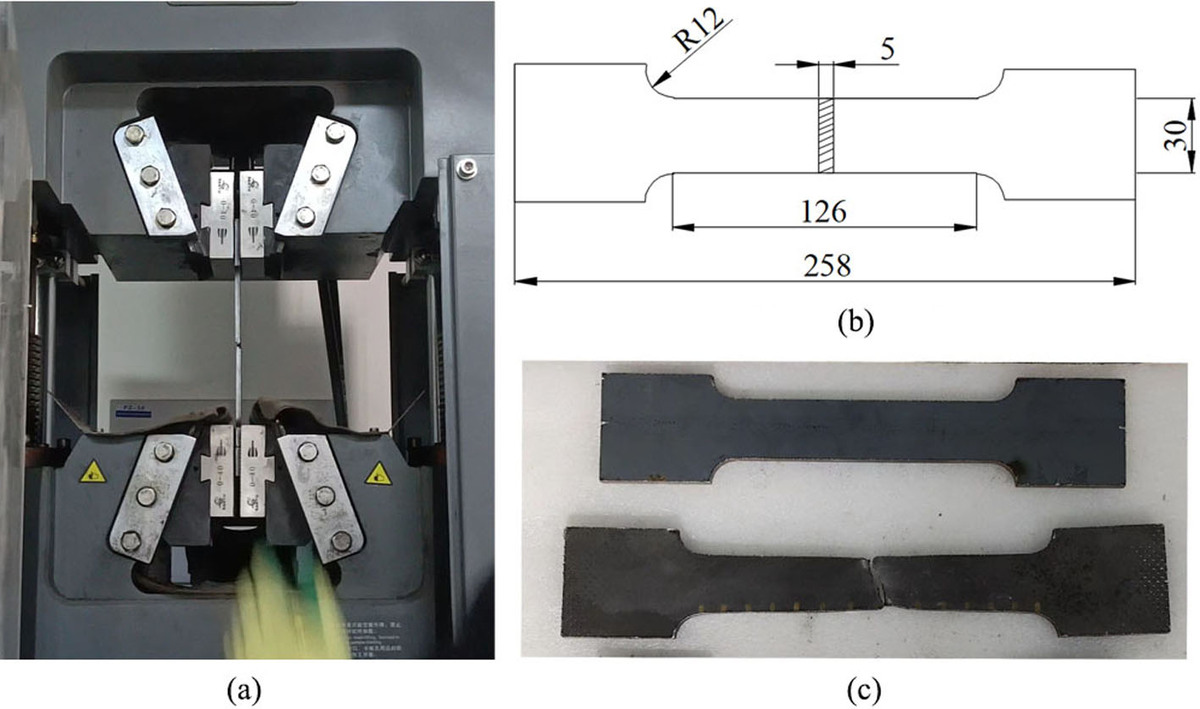Wind load equivalence method and structural response analysis of large-span space steel structures
1
Railway Division, China Railway Construction Engineering Fifth Construction Co., China
2
Engineering Quality Supervision Station, China Railway Guangzhou Group Co.,Ltd, China
3
China Railway Guangzhou Group., Ltd, Station Building Construction Headquarters, China
4
School of Civil Engineering, Lanzhou Jiaotong University, China
Submission date: 2024-03-01
Final revision date: 2024-06-01
Acceptance date: 2024-06-11
Publication date: 2025-06-16
Corresponding author
Tengteng Yang
School of Civil Engineering, Lanzhou Jiaotong University, 730070, lanzhou,China, China
School of Civil Engineering, Lanzhou Jiaotong University, 730070, lanzhou,China, China
Archives of Civil Engineering 2025;71(2):313-330
KEYWORDS
TOPICS
ABSTRACT
In coastal areas, large-span space steel net trusses experience structural deformation due to strong winds. Currently, the application of equivalent static wind load to the structure does not consider the influence of local forces. The local uneven force on the bars caused by the structural appearance is ignored, complicating the identification of local deformation in the net truss. Additionally, this simplification increases the difficulty in evaluating wind load-sensitive areas of the building. This paper introduces a novel method for calculating static equivalent wind load, considering the transmission relationship between the structural roofs appearance and the internal truss forces. Following the outlined methodology, wind load is precisely applied at nodes with diverse windward faces, taking into account the node area ratio. The paper also examines how varying standard wind load values affect mesh truss deformation under different wind angles. Results indicate that, at 0°, 90°, 180°, and 270° wind directions, wind load-sensitive areas are linked to roof shape and structural characteristics. Maximum displacement in the truss grid's overall structure primarily occurs in the windward corner contact area. Network truss deformation linearly increases with the load standard. If the wind load exceeds 1.0 kN/m2, deformation is associated with the windward vertical plane's area and steel column spacing, impacting overall structural safety.
Share
RELATED ARTICLE
We process personal data collected when visiting the website. The function of obtaining information about users and their behavior is carried out by voluntarily entered information in forms and saving cookies in end devices. Data, including cookies, are used to provide services, improve the user experience and to analyze the traffic in accordance with the Privacy policy. Data are also collected and processed by Google Analytics tool (more).
You can change cookies settings in your browser. Restricted use of cookies in the browser configuration may affect some functionalities of the website.
You can change cookies settings in your browser. Restricted use of cookies in the browser configuration may affect some functionalities of the website.




